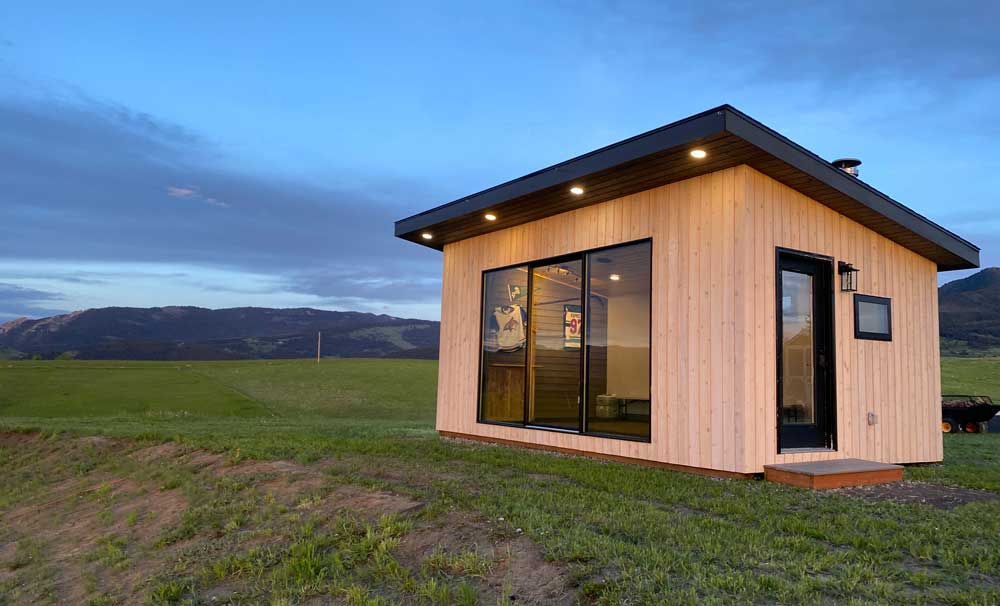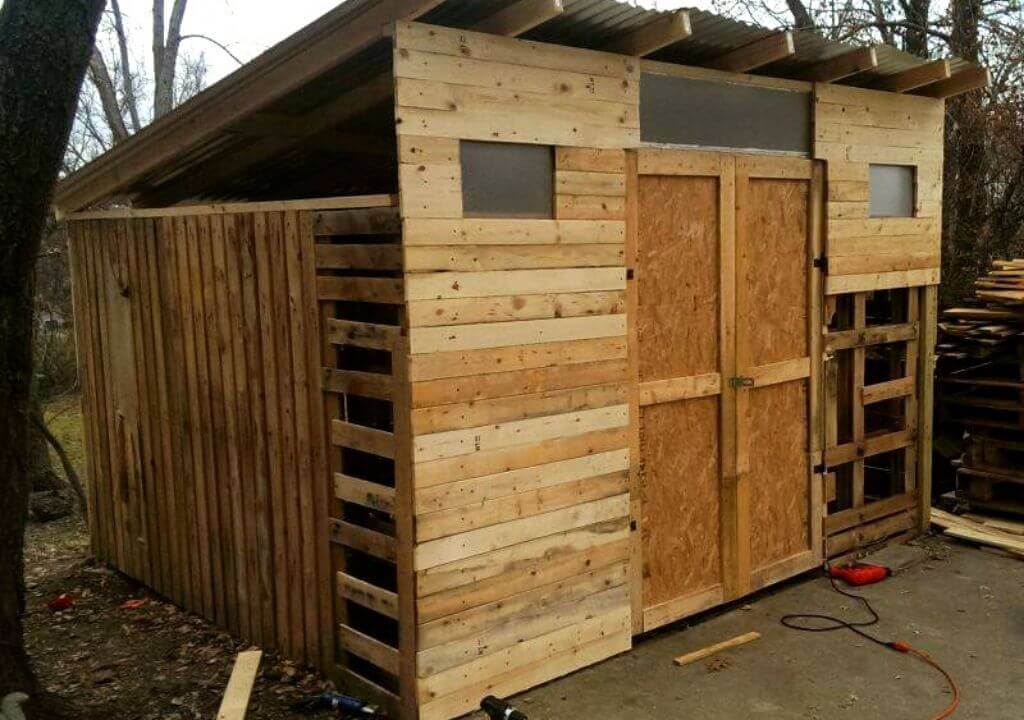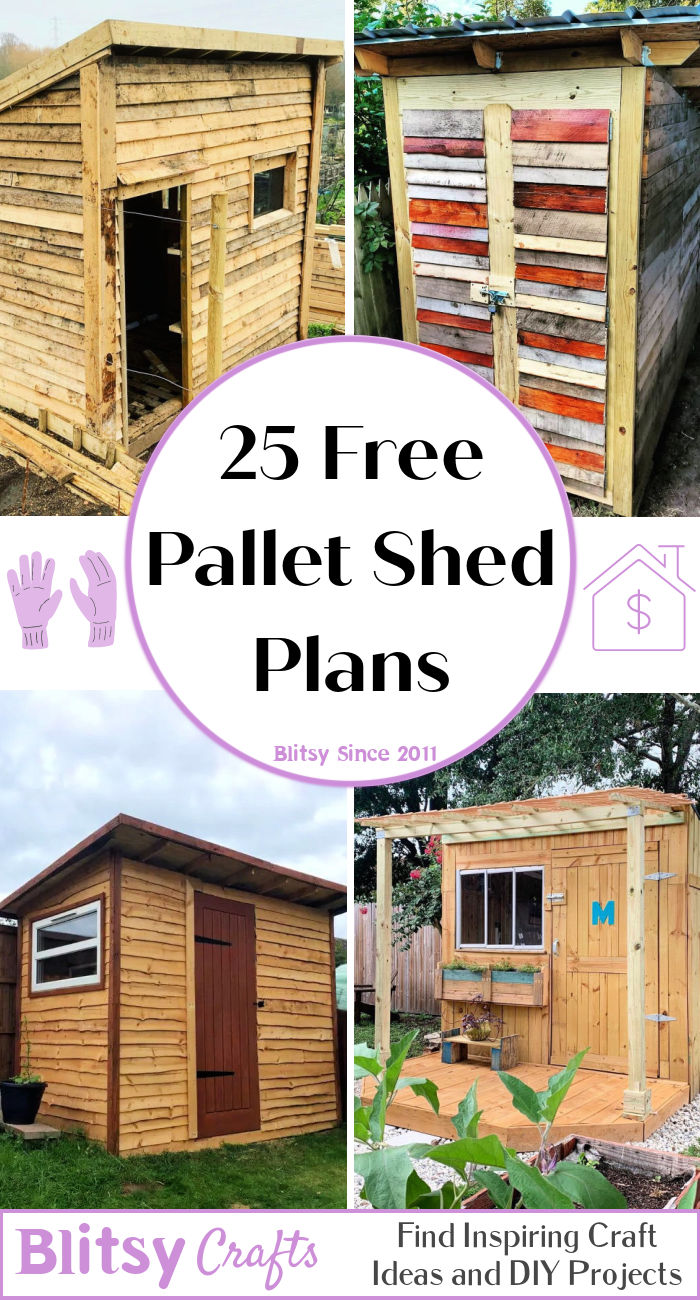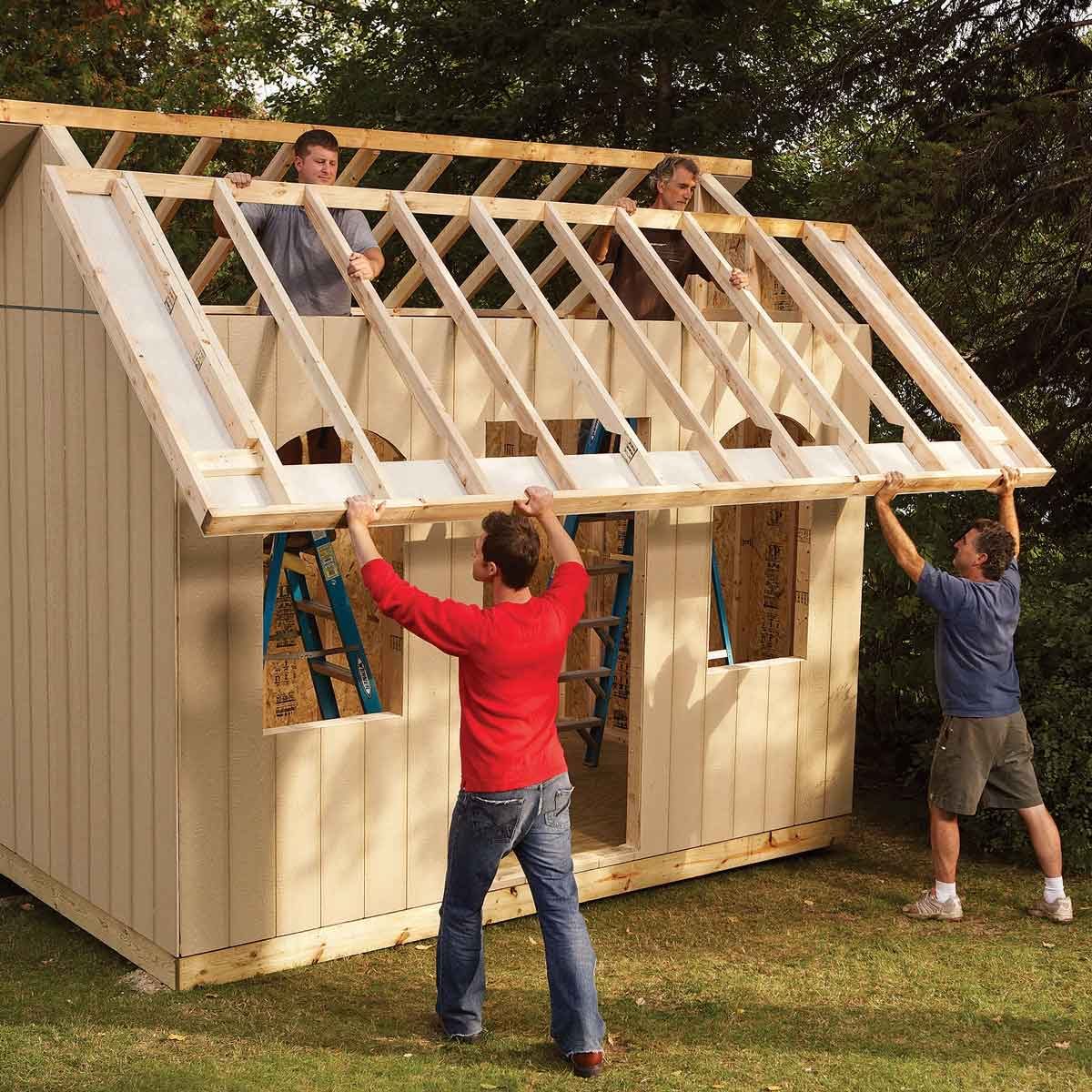Constructing a Lean-To Shed: A Comprehensive DIY Guide
This comprehensive guide provides a detailed, step-by-step instruction manual for constructing a lean-to shed. A lean-to shed, characterized by its simple, single-slope roof design, presents a relatively straightforward yet rewarding DIY project for homeowners seeking to enhance their outdoor storage capabilities. While requiring some basic carpentry skills and readily available tools, the construction process, when meticulously followed, yields a durable and functional addition to any property. This guide covers all aspects, from initial planning and material acquisition to final finishing touches.
Phase 1: Planning and Preparation
Before embarking on the construction, thorough planning is paramount. This phase encompasses several crucial steps, ensuring a smooth and efficient building process.
Site Selection and Assessment
The chosen location dictates several aspects of the shed's design and construction. Consider factors such as:
- Proximity to power sources: If electrical outlets are needed within the shed, proximity to existing circuits is essential.
- Accessibility: Ensure easy access for both construction and future use. Consider the proximity to pathways and potential obstructions.
- Ground conditions: Evaluate the ground's stability. Level ground is ideal, while uneven terrain may require leveling before construction.
- Sunlight and shade: Determine the amount of sunlight and shade the site receives throughout the day. This influences the need for ventilation and potential temperature regulation within the shed.
- Local building codes and regulations: Consult local authorities to ascertain any relevant building codes or permits required for the construction of the shed.
Design and Material Selection
The design is influenced by the intended use and the available space. Key considerations include:
- Dimensions: Determine the desired length, width, and height of the shed. The size should align with your storage needs and the available space at the chosen location.
- Roof pitch: The slope of the roof impacts water runoff. A steeper pitch ensures better drainage, particularly in areas with high rainfall.
- Building materials: Common materials include pressure-treated lumber for the frame, plywood for sheathing, roofing felt, and your chosen roofing material (e.g., asphalt shingles, metal roofing).
- Foundation: Decide on the type of foundation. Options range from a simple concrete slab to a more elaborate gravel base. The choice depends on the ground conditions and the shed's weight.
Tool Acquisition and Preparation
Ensure you have all necessary tools before commencing construction. Essential tools include:
- Measuring tape and level: Crucial for accurate measurements and ensuring a level structure.
- Circular saw and hand saw: For cutting lumber to the required dimensions.
- Drill and driver: For fastening the various components.
- Hammer: For driving nails or using a nail gun.
- Shovel and post hole digger (if needed): For preparing the foundation.
- Safety glasses and work gloves: Essential for protecting yourself during construction.
Phase 2: Foundation and Framing
This phase focuses on establishing a solid foundation and constructing the shed's frame. A sturdy frame is critical for the structural integrity of the lean-to.
Foundation Construction
The foundation type depends on your site conditions and personal preference. A simple gravel base is suitable for lighter sheds, while a concrete slab offers greater stability. For a gravel base, level the ground, lay down a layer of gravel, compact it, and then place pressure-treated lumber to form the base for the frame.
Framing the Walls and Roof
The frame forms the skeleton of your shed. Construct the back wall first, ensuring it's plumb and level. Then, erect the side walls, attaching them securely to the back wall and the supporting structure. The front wall can be shorter, depending on your desired roof pitch. Construct the roof rafters, ensuring they're properly spaced and secured to the back wall and the front wall.
Sheathing the Frame
Once the frame is complete, sheath the walls and roof with plywood. This provides a solid surface for the exterior cladding and roofing material. Ensure proper overlap between sheets to prevent water penetration. Use appropriate fasteners, ensuring they are driven flush with the surface to avoid damage to the roofing material.
Phase 3: Exterior Finishing and Roofing
This phase involves applying the exterior cladding and roofing, crucial for protecting the shed from the elements.
Exterior Cladding
Apply the chosen exterior cladding. Options include siding, shiplap, or even corrugated metal. Ensure proper overlap and secure fastening to maintain weather resistance. Consider using weatherproof sealant around windows and doors (if applicable) for added protection.
Roofing Installation
Install the roofing material, ensuring it's properly overlapped to prevent leaks. Start from the bottom and work your way up. Secure the roofing material with appropriate fasteners, ensuring they are weatherproof. Install flashing around any chimneys or vents (if applicable).
Phase 4: Interior Finishing and Final Touches
This final phase enhances the shed's functionality and aesthetics.
Interior Walls and Flooring
Apply interior sheathing, such as plywood or drywall. This provides a smooth surface for painting or wallpapering. Install flooring if desired, considering material appropriate for shed use (e.g., concrete, plywood, or vinyl).
Ventilation and Lighting
Install vents for proper ventilation, particularly essential in warmer climates. Incorporate lighting to enhance visibility inside the shed. Use weatherproof fixtures to ensure durability.
Phase 5: Safety and Maintenance
Safety and regular maintenance are crucial for the longevity of your lean-to shed.
Safety Precautions
Always use appropriate safety gear, including safety glasses, work gloves, and hearing protection. Follow safe practices when using power tools and working at heights. Ensure the structural integrity of your shed before storing heavy items.
Regular Maintenance
Regular inspections and maintenance are crucial. Check for any damage to the structure, roof, or cladding. Address any leaks or structural issues promptly. Consider annual repainting or restaining of exterior surfaces to maintain weather resistance.
By following these detailed instructions and prioritizing safety throughout the construction process, you can successfully build a durable and functional lean-to shed, enhancing your outdoor space and providing valuable storage solutions.













